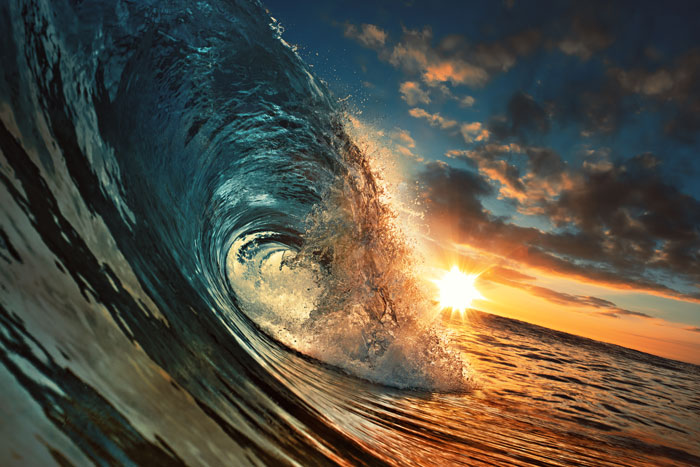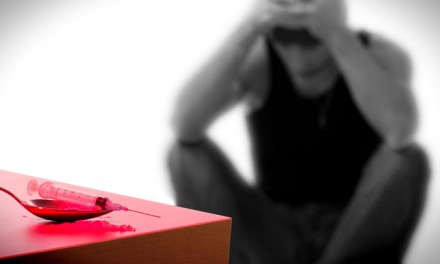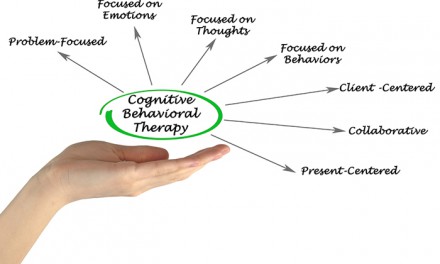For people in recovery, the experience of intense cravings for drugs or alcohol can be extremely difficult to manage. These cravings—or urges—threaten your hard-won sobriety, so it is absolutely essential that you have a plan for coping with them. There are lots of options—calling your sponsor or heading out to a 12-Step meeting, for example—but one option known as “urge surfing” may provide relief quickly and can be practiced almost anywhere.
Riding the Urge Surfing Wave – How to Do It
We’re going to jump right into the practice of urge surfing. Then we’ll provide some background and information about why it is an effective strategy for dealing with cravings.
Here are some basic instructions for urge surfing:
- Find a spot where you will not be disturbed or distracted for a little bit.
- Get seated comfortably—on a chair or on the floor—and close your eyes so that you can focus your attention on the exercise.
- In your mind, steadily scan your body to find spots where you are experiencing physical sensations that might be connected to the cravings for drugs or alcohol.
- Once you have identified a sensation, bring your attention to it and calmly describe it to yourself. Start with the most intense sensation and move to each subsequent sensation. Describe each sensation as objectively as you are able. Go slow. There’s no hurry.
- When you are finished going through the sensations, shift your attention to your breathing. Just breathe as you normally would and focus on the rising and falling sensation.
- In your own time, go through the scanning process again. If you are still experiencing strong physical sensations connected to your cravings, go through the slow and steady process of describing them to yourself again. Once you have finished, go back to focusing on your breathing.
- You can continue this process as long as is necessary, feeling the cravings subside like waves on the ocean getting smaller and smaller. Eventually, those waves—the urges and cravings you have been experiencing—will be small enough to manage.
- When the waves have shrunk down to almost nothing, you can open your eyes and get back to whatever you were doing before the cravings threatened to overwhelm you. Remind yourself that if—really, when—your cravings start to rush over you again like a giant wave, you can return to this exercise to help them subside more quickly.
We know that reading these instructions while you are actively trying to do the exercise might be cumbersome and distracting. It might be helpful to go through a guided version of the practice like the one found here. Just pop in your earbuds and follow along. And remember: it will take some time to get comfortable with the practice, so be patient with yourself in the early going. With time and practice, you will likely find the practice of urge surfing to be of great help to you.
The Research Behind Urge Surfing – Why It Works
The ideas behind urge surfing arose from the research of clinical psychologist Dr. G. Alan Marlatt, who worked on relapse prevention until his passing in 2011. Dr. Marlatt realized that urges—his name for the cravings those in recovery often experience—often have a physical manifestation in the body. A severe headache, an upset stomach, a racing heartbeat, tension across the shoulders or back—any and all of those sensations might accompany strong urges to use drugs or alcohol. These sensations are particularly problematic, because a person seeking relief from them may be sorely tempted to fall back into patterns of substance use.
As a result, a person experiencing these cravings must have an effective strategy for addressing them. Urge surfing is a kind of mindfulness practice that acknowledges that the cravings and sensations are probably unavoidable but can be dealt with by bringing our attention to them, describing them to ourselves, and thereby reducing their power to push us toward bad decisions. One of the many positive things about this approach is that it accepts difficulties rather than allowing a person to feel guilt or shame when cravings arise. Urge surfing acknowledges the likelihood of cravings and provides an option for addressing them with intention.
As a side note, mindfulness practice in general—not just the urge surfing technique described above—can be a powerful tool for those in recovery. The practice helps you stay focused on the present moment rather than reliving the past or worrying about the future. This focus on the present can go a long way to lessening feelings of regret and/or anxiety.
Catch the Wave to Recovery at The Aviary Recovery Center
While it might be difficult to go surfing in the greater Saint Louis area, it is easy to find the help you need for a substance use disorder. The Aviary Recovery Center offers personalized care—meaning we will listen to you and develop your treatment plan in collaboration with you—and we have the expertise to guide you successfully through detoxification and rehabilitation. We are committed to a continuum of care, which means you will leave The Aviary with resources and knowledge to get your recovery off to a good start—and with the assurance that we are here if you need help going forward.
(314) 464-0222. We’re here to help.










